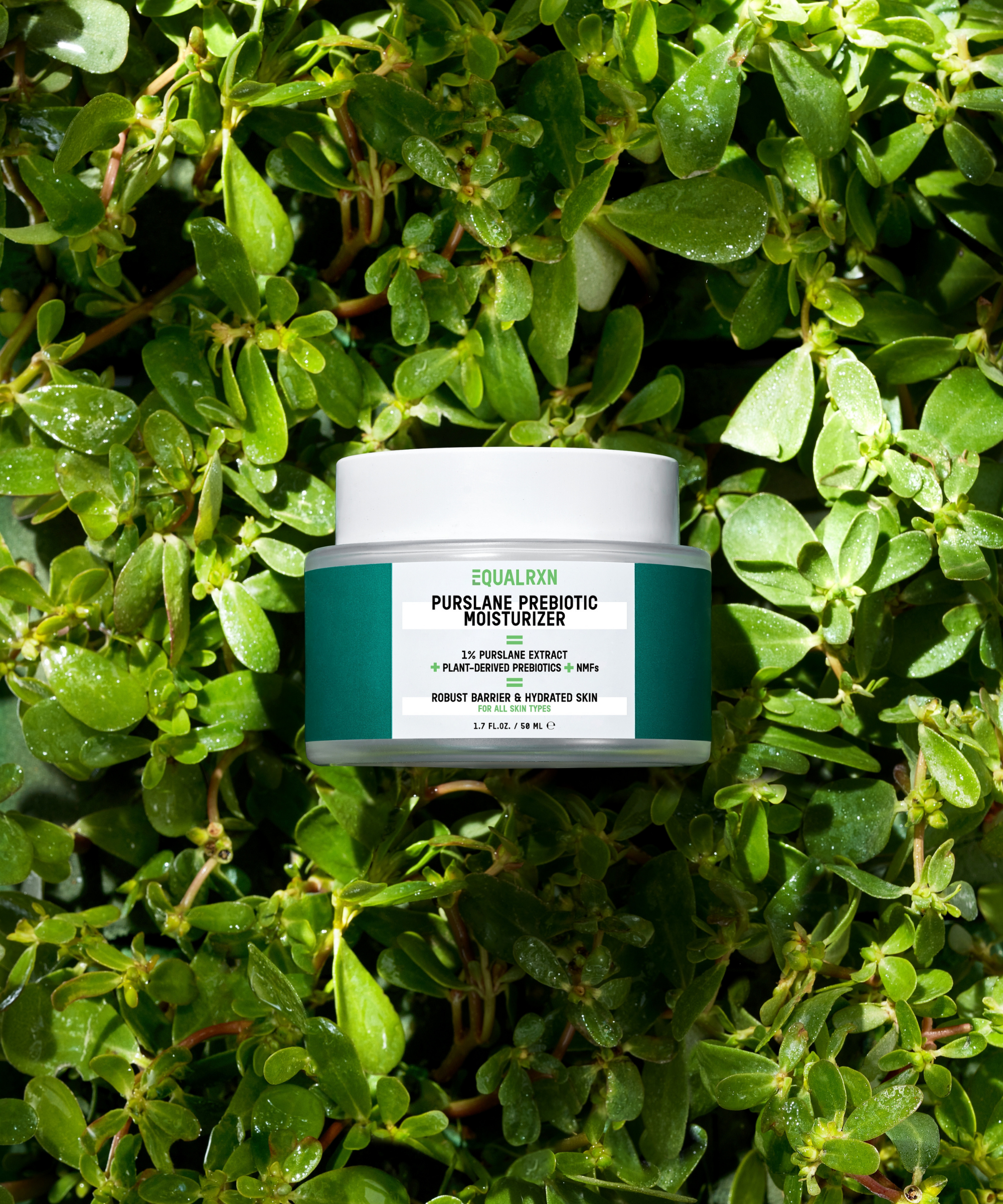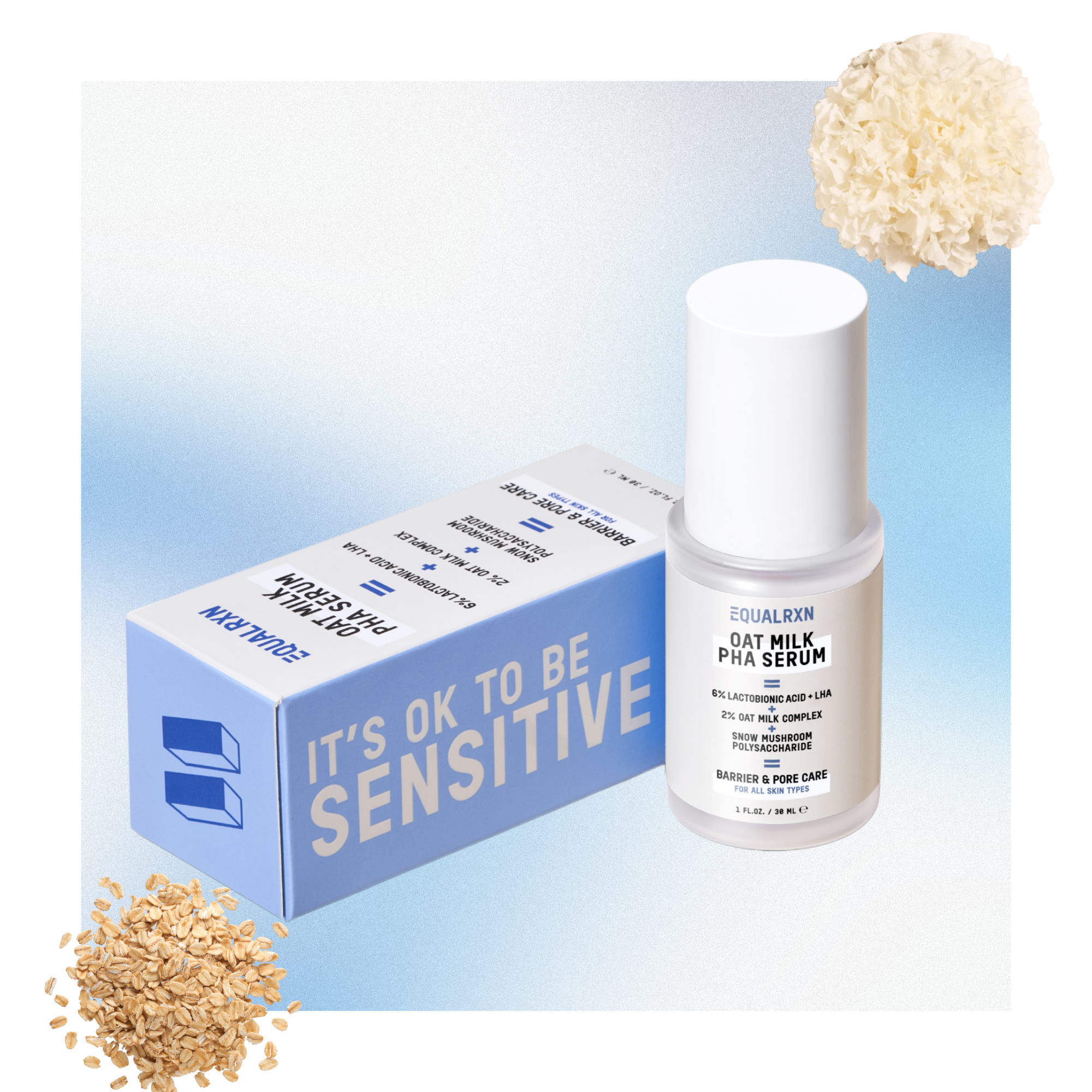What is Saponins?
Saponins are naturally occurring compounds found in various plants, including oats, quinoa, and legumes, known for their cleansing and foaming properties. They are often used in cleansers and facial washes to provide effective yet mild cleansing, suitable for all skin types, including sensitive skin. Additionally, saponins may offer antioxidant and anti-inflammatory benefits, contributing to overall skin health and radiance.
How does this ingredient work in skincare?
In skincare, saponins function as amphiphilic molecules, meaning they possess both hydrophilic (water-attracting) and lipophilic (oil-attracting) properties. When saponins encounter water and oil on the skin's surface, they form micelles, which are small aggregates with hydrophilic exteriors and lipophilic interiors. These micelles encapsulate oil and dirt, allowing them to be dispersed and easily rinsed away. This process effectively removes impurities without disrupting the skin's natural lipid barrier. Additionally, saponins may interact with proteins and lipids in the skin, potentially exerting antioxidant and anti-inflammatory effects, which contribute to overall skin health.
How does this ingredient compare to others?
In comparison to other surfactants commonly used in skincare, such as sulfates or harsher detergents, saponins offer a gentler cleansing experience. While sulfates can strip the skin of its natural oils and disrupt its moisture barrier, saponins provide effective cleansing without causing dryness or irritation. Additionally, saponins are often derived from natural sources, making them appealing to consumers seeking plant-based or environmentally friendly skincare options. Compared to non-foaming cleansers or oil-based cleansers, saponins offer the added benefit of producing a light foam that can help lift away impurities more effectively.
Potential benefits of this ingredient for the skin
Saponins offer several potential benefits for the skin:
- Gentle Cleansing: Due to their mild surfactant properties, saponins effectively remove impurities, excess oil, and dirt from the skin's surface without causing irritation or stripping away natural oils.
- Balanced Hydration: Unlike harsher cleansers, saponins help maintain the skin's natural moisture balance, leaving it feeling clean, refreshed, and hydrated.
- Suitable for Sensitive Skin: Saponins are gentle on the skin, making them suitable for individuals with sensitive or easily irritated skin types.
- Environmental Friendliness: Saponins are often derived from natural sources, making them biodegradable and environmentally friendly compared to synthetic surfactants.
- Potential Antioxidant and Anti-inflammatory Effects: Some research suggests that certain saponins may have antioxidant and anti-inflammatory properties, which can further benefit the skin by protecting against environmental damage and soothing irritation..
Products we use this ingredient in
Oat Milk PHA Serum
References
- Moon, Ik Jun et al. “Saponins of Korean Red Ginseng May Protect Human Skin from Adipokine-Associated Inflammation and Pigmentation Resulting from Particulate Matter Exposure.” Nutrients vol. 14,4 845. 17 Feb. 2022, doi:10.3390/nu14040845
- Karnwal, Arun et al. “Microbial Biosurfactant as an Alternate to Chemical Surfactants for Application in Cosmetics Industries in Personal and Skin Care Products: A Critical Review.” BioMed research international vol. 2023 2375223. 13 Apr. 2023, doi:10.1155/2023/2375223
- Kim, Young Soo et al. “Therapeutic effect of total ginseng saponin on skin wound healing.” Journal of ginseng research vol. 35,3 (2011): 360-7. doi:10.5142/jgr.2011.35.3.360





















